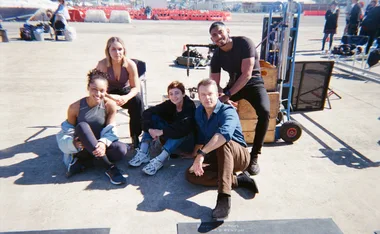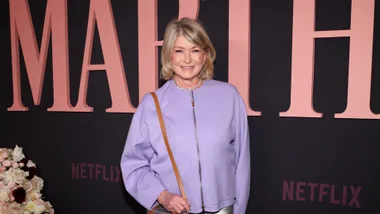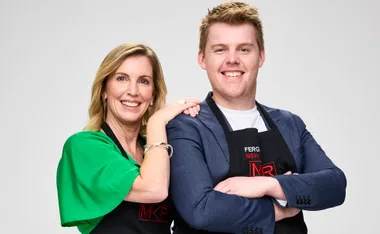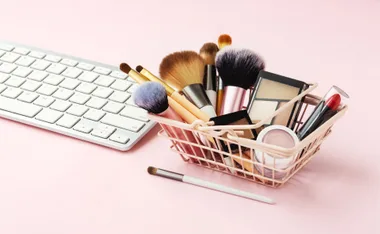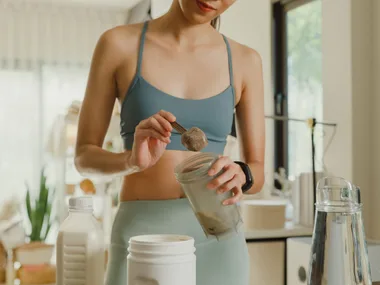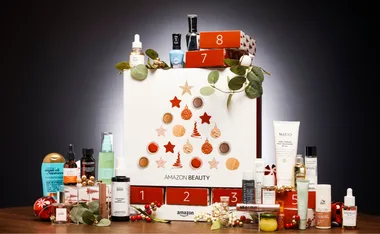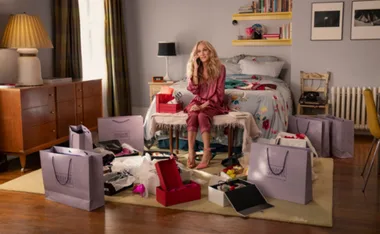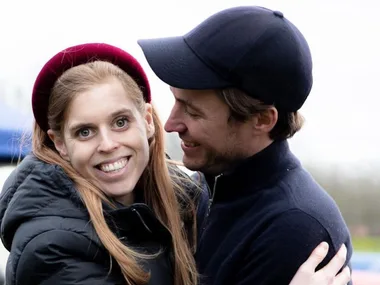This remarkable Aussie granny has opened up her home and her heart to hundreds of foster children.
Melbourne grandmother Pam Lawrence laughs off the suggestion that she’s Australia’s answer to Mother Teresa. But there are many to whom she is just that. Over the past 24 years, the 61-year-old former hairdresser has taken 237 children in need of foster care into her home.
And while some of her contemporaries are now starting to take life a little more easily, Pam has no intention of giving up her role as a foster mother any time soon. Pam and her husband Joe, 64, – who have raised three boys of their own and have four grandchildren – are currently caring for an infant, as well as a teenager with high special needs who has been living with the couple for many years.
Pam, who first contemplated fostering when one of her boys brought home a brochure from school in 1988, is more than willing to give up countless hours of her time – not to mention sleep – to welcome some of the most vulnerable members of the community into her family.
“I wasn’t working at the time and I just thought, ‘I could do this and I’d still be home for my own kids after school and be able to help other young children as well.’ At the time, we had a big family conference about it,” she recalls.
Read more about Pam’s story in this week’s Woman’s Day on sale Monday April 30, 2012.

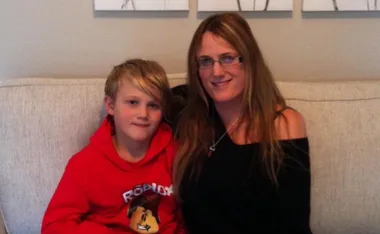
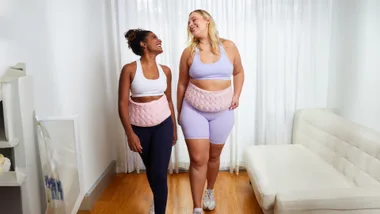


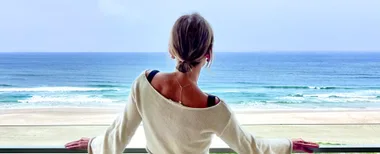
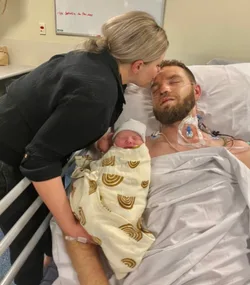

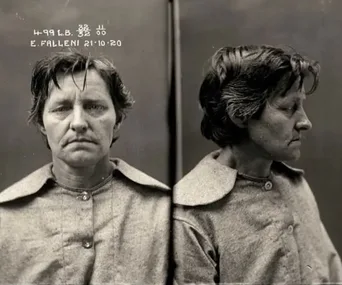







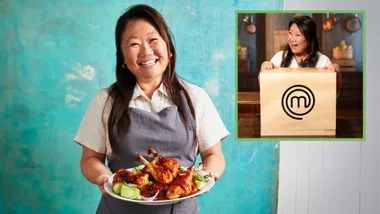







.png?resize=380%2C285)
.jpg?resize=380%2C285)




.png?resize=380%2C285)






